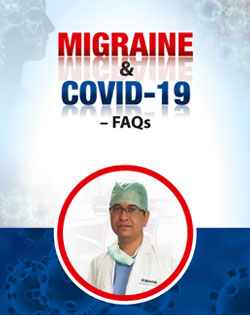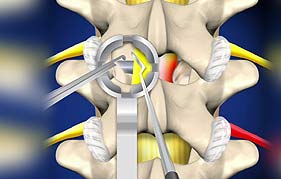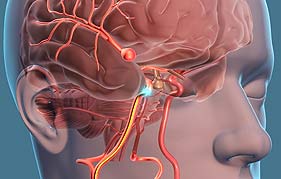Welcome to Brain & Spine Neuro Center
We offer brain and spine surgeries at Brain & Spine Neuro Center, Gurgaon. Brain & Spine Neuro Center has been developed to deliver world-leading private healthcare for patients who live in Gurgaon and its surrounding areas. Dr. Vikas, the Best Neurosurgeon in Gurgaon, specializes in Brain Tumor Surgery, Deep Brain Stimulation, Brain Hemorrhage treatment, Head Injury, and Spine Surgery in Gurgaon, Hisar, Rohtak, Panipat, Faridabad, Sonipat, Jind, Bhiwani, Mewat, Sohna, Narnaul & Mahendergarh.



We are Specialised in Brain and Spine Surgeries
Dr. Vikas Kathuria is a dynamic neurosurgeon specialized in brain and spine surgeries. Dr. Vikas Kathuria is extensively trained in surgeries of brain like brain tumour, brain haemorrage, trauma surgeries for Severe head injuries leading to clots like EDH and SDH.
Make An Appointment
What Our Patients Say About Us
Patient information Videos


Latest Blog
Disc Replacement Surgery in Gurgaon
Are you dealing with ongoing back pain that disrupts your daily life? If conventional treatments like medications, injections, or physiotherapy haven't provided lasting relief, disc replacement surgery may be the breakthrough you need. At Skin Aura Brain & Neuro Centre in Gurgaon, our experienced spine specialists offer advanced surgical solutions tailored to your specific spinal condition. In this blog, we’ll cover everything you need to know about disc replacement surgery in Gurgaon— what it is, who it’s for, how it works, and why Skin Aura Brain & Neuro Centre is the top destination for spine care in Gurgaon. What is Disc Replacement Surgery? Disc replacement surgery is a cutting-edge spinal procedure that involves replacing a damaged or degenerated intervertebral disc with an artificial one. The goal is to reduce chronic pain, restore mobility, and maintain natural spine movement — something that traditional spinal fusion cannot offer. Whereas spinal fusion restricts...
Read More...
Degenerative Disc Disease in Gurgaon
Degenerative Disc Disease (DDD) is a common spinal condition that can significantly affect your quality of life. If you're experiencing chronic back or neck pain in Gurgaon, it's important to understand what DDD is and how you can manage it effectively. At Skin Aura Brain...
Read More...
Cerebral Angiogram for Brain Aneurysm
A cerebral angiogram is a critical diagnostic tool used to visualize blood vessels in the brain, enabling neurologists to detect life-threatening conditions like brain aneurysms. A brain aneurysm is an abnormal bulge in the wall of a blood vessel. Over time, if left untreated, it...
Read More...
View All














